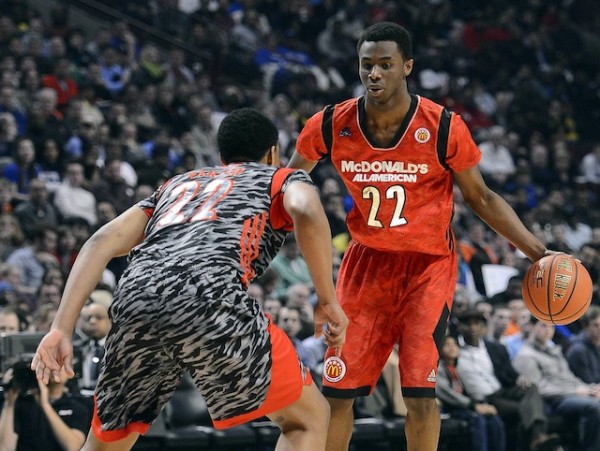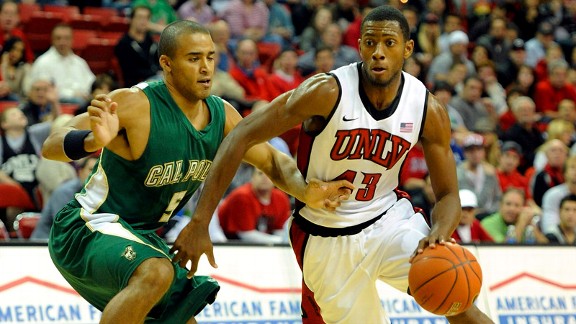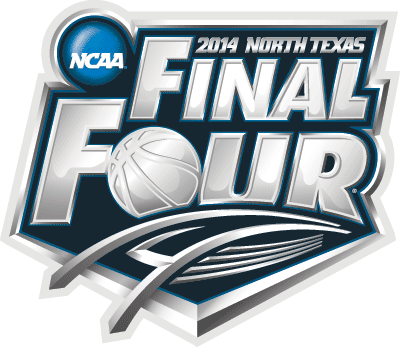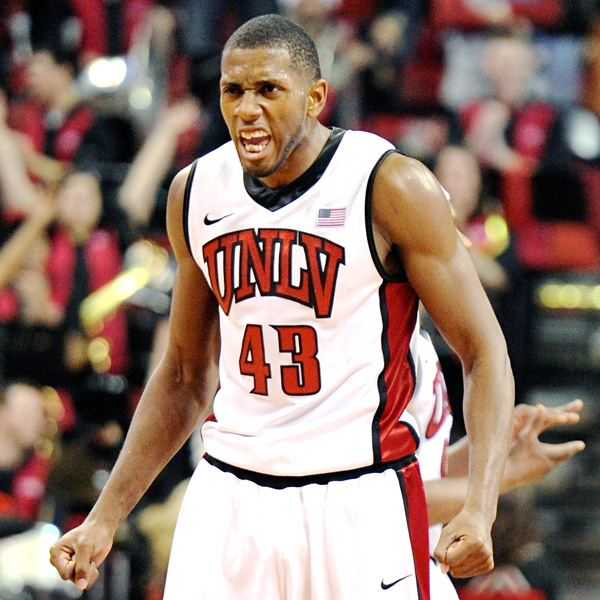Framing the Andrew Wiggins Hype on the Brink of Decision Day
Posted by Chris Johnson on May 13th, 2013Chris Johnson is an RTC Columnist. He can be reached @ChrisDJohnsonn.
Top-rated prospects are not created equal. Each and every recruiting class features a different No. 1 player with a different skill set and different ceiling and varying amounts of pro potential. You get seasons like 2012, when Nerlens Noel joined Kentucky with every iteration of defensive scouting recommendation and eulogistic praise imaginable. He was a specialist, a defensive savant with a merely “developing” offensive game. Noel would turn out to be an undisputed star and – even after tearing his ACL against Florida in February – maybe the best bet to be taken No. 1 in this summer’s NBA Draft, but Noel’s hype was built more on potential, on unparalleled size-to-position athleticism, on a work ethic that would one day allow him to put everything together into a devastating offensive and defensive force of nature. Andrew Wiggins is not Nerlens Noel, or even Anthony Davis, and certainly not anything like Harrison Barnes, the freshmen preseason All-American that wasn’t, whose under-performance has spawned – and not unjustifiably so – some level of unease about the boundless expectations surrounding Wiggins’ immediate impact at the college level.

The reverberations of Wiggins’ decision will be felt throughout all of college basketball (USA Today Sports).
When we talk about Andrew Wiggins, we’re not just talking about a No. 1 recruit and a likely top overall NBA Draft pick. Wiggins is one of the distinguished few prospects that – according to pretty much any scout or talent evaluator or Youtube frequenter you speak to – offers not only the potential to lift a college team’s one-year baseline to new heights, but the promise of franchise-altering skills in the NBA. So, basically, think Kevin Durant, or LeBron James, or Tim Duncan. While we’re on the subject, the LeBron comparisons are not completely unfounded. A direct prep-to-pros LBJ parallel was invoked on the cover of Sports Illustrated just last year, with a glorifying cover story and headline that read, “The Best High School Basketball Player Since LeBron James Is…”, featuring a 2013 prospect whose name was not Andrew Wiggins. That illuminating SI edition was a tribute to Chicago high school star and future lottery pick Jabari Parker, written and published before Andrew Wiggins realized he was just plain clowning everyone on the high school level and best be reclassifying to expedite his passage to professional basketball. Now that headline seems sort of outdated, or factually incorrect, because a quorum has been reached: Wiggins is better than “the best basketball player since LeBron James.”














































